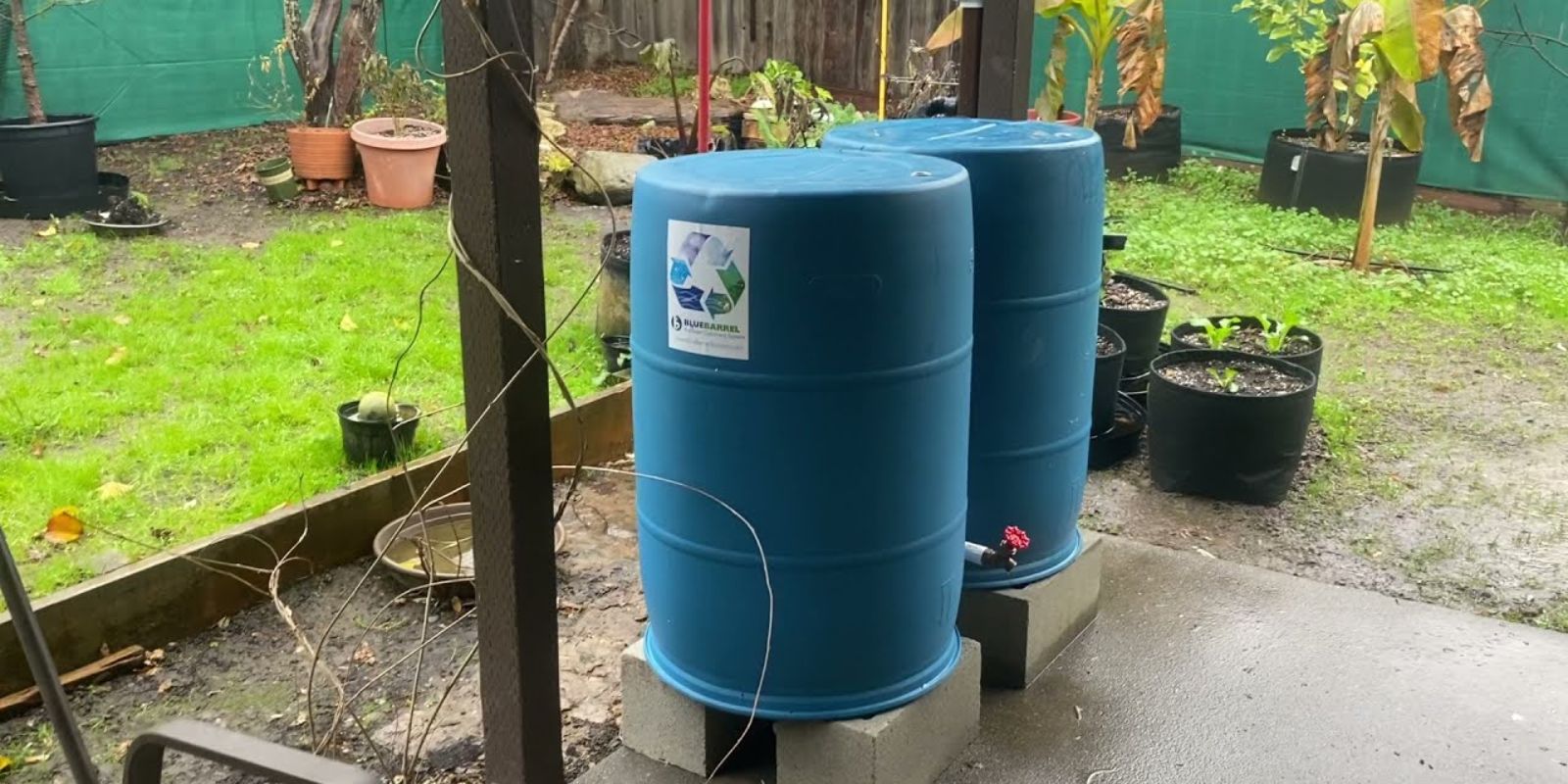Introduction
Water conservation is becoming increasingly important as climate change affects rainfall patterns and water availability. One of the most effective ways to conserve water for gardening and household use is by harvesting rainwater. A rain diverter for downspouts is a simple and efficient device that channels rainwater from your gutters into rain barrels or storage tanks. This system helps you make the most of natural precipitation while reducing reliance on municipal water sources.
Installing a rain diverter can be a cost-effective and sustainable solution for homeowners, gardeners, and eco-conscious individuals. This guide will take you through everything you need to know about rain diverters, from their benefits to step-by-step installation and maintenance tips.
Why Use a Rain Diverter?
Before we dive into the installation process, let’s discuss why a rain diverter is a valuable addition to your home.
- Water Conservation – Collecting rainwater helps reduce the demand on local water supplies and can lower water bills.
- Eco-Friendly – Reducing stormwater runoff minimizes erosion and prevents pollutants from reaching rivers and lakes.
- Better Plant Growth – Rainwater is free from chemicals like chlorine, making it ideal for watering gardens and houseplants.
- Prevents Overflow Issues – A diverter helps control excess water, preventing your rain barrels from overflowing and causing erosion near your foundation.
- Saves Money – Once installed, a rainwater harvesting system requires little to no ongoing cost, saving you money in the long run.
Types of Rain Diverters
There are several types of rain diverters available, each suited for different setups:
- Basic Diverter Kit – Includes a simple attachment for downspouts that directs water into a barrel or tank.
- Automatic Diverter – Designed to stop collecting water when the rain barrel is full, preventing overflow.
- DIY PVC Diverter – A budget-friendly option using PVC pipes to manually direct water into a container.
- Inline Filter Diverter – Includes a filter to keep out debris and leaves, ensuring cleaner rainwater collection.
How to Install a Rain Diverter for Downspouts
Follow these step-by-step instructions to set up your rainwater collection system.
Step 1: Choose the Right Location
- Identify a downspout near the area where you want to place your rain barrel or tank.
- Ensure the surface under the barrel is level and stable.
Step 2: Select Your Rain Diverter
- Purchase a rain diverter kit that fits your downspout size (commonly 2×3 or 3×4 inches).
- If making a DIY version, gather PVC pipes, a hose, and a filter.
Step 3: Measure & Cut the Downspout
- Use a measuring tape to determine where the diverter should be installed.
- Cut a section of the downspout using a hacksaw. The diverter should be positioned above the barrel’s inlet.
Step 4: Install the Rain Diverter
- Attach the diverter to the cut section of the downspout.
- Secure it with screws or fasteners provided in the kit.
Step 5: Connect a Hose to the Rain Barrel/Tank
- Attach the provided hose from the diverter to the rain barrel’s inlet.
- If your system lacks an overflow mechanism, drill an overflow hole and attach a secondary hose to direct excess water away from the foundation.
Step 6: Secure and Test the System
- Ensure all connections are tight to prevent leaks.
- Run a test by pouring water into the gutter and checking the flow into the rain barrel.
Maintenance Tips for Long-Lasting Use
To keep your rain diverter and barrel system working efficiently, follow these maintenance steps:
- Regularly clean gutters and downspouts to prevent clogging.
- Inspect the diverter and hoses for leaks or blockages.
- Flush the rain barrel every few months to prevent algae buildup.
- Use a fine mesh screen over the barrel to keep out debris and mosquitoes.
- Winterize the system by disconnecting the barrel and storing it indoors in freezing temperatures.
Using Collected Rainwater
Rainwater collected through a diverter system can be used in multiple ways:
- Garden irrigation – Water your plants with chemical-free rainwater.
- Household cleaning – Use it for washing cars, cleaning patios, or flushing toilets.
- Livestock hydration – Provide fresh rainwater for farm animals.
- Emergency water supply – Store it for emergencies (after proper filtration and treatment).
Conclusion
Installing a rain diverter for downspouts is an easy and effective way to collect and utilize rainwater. Not only does it help conserve water, but it also supports a more sustainable lifestyle while protecting your home from excess runoff. With the right installation and maintenance, you can enjoy a reliable source of free water for years to come.
Start harvesting rainwater today and contribute to a greener planet! 🌿💧
#RainwaterHarvesting #EcoFriendlyLiving #SustainableGardening #DIYWaterSaver #GardeningHacks #SaveWaterLiveBetter

